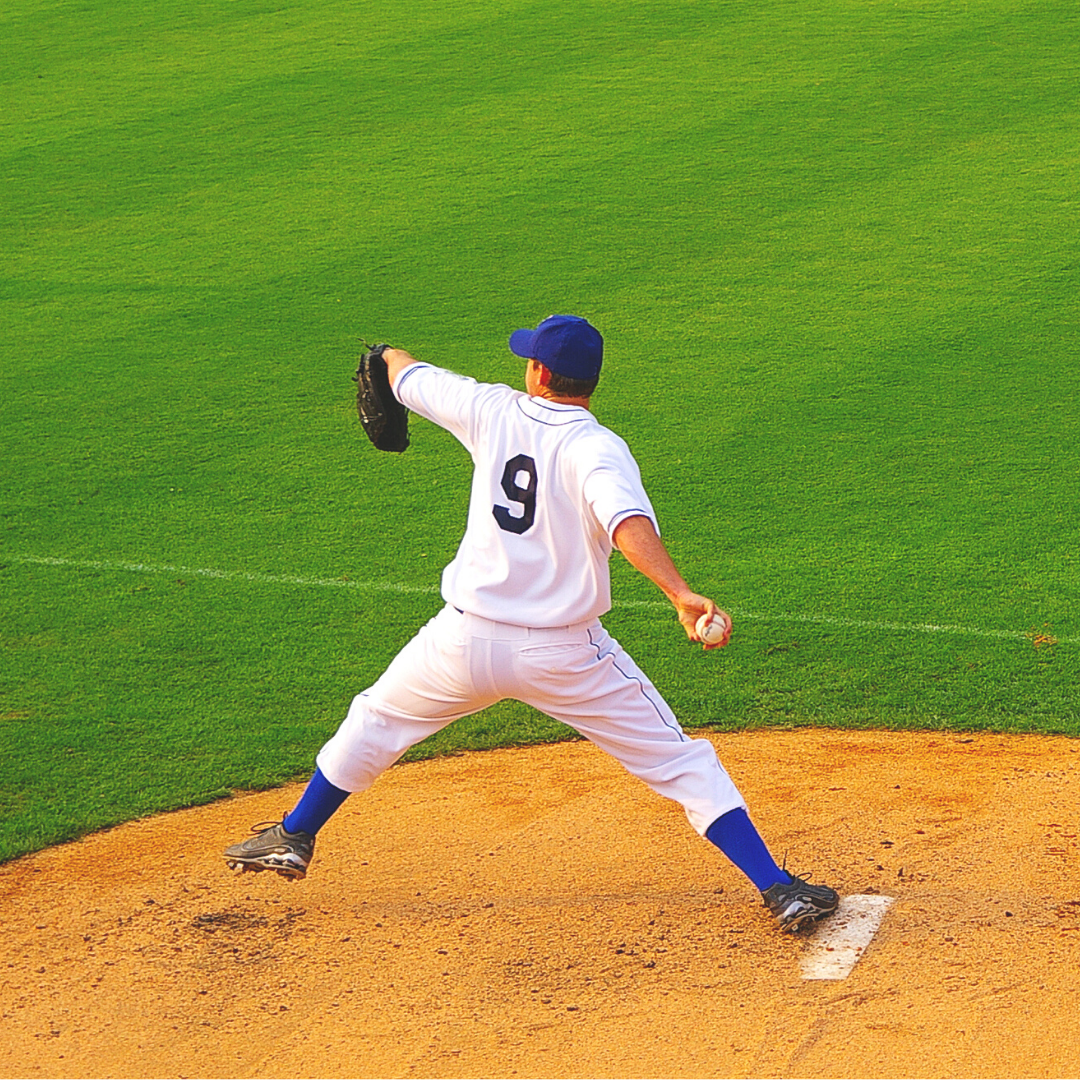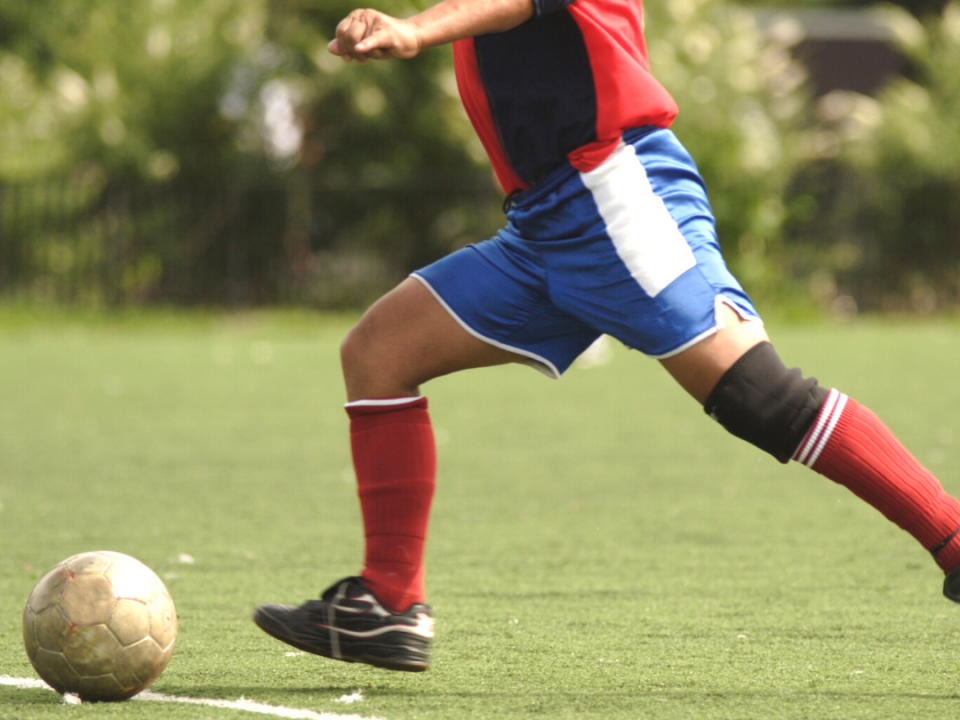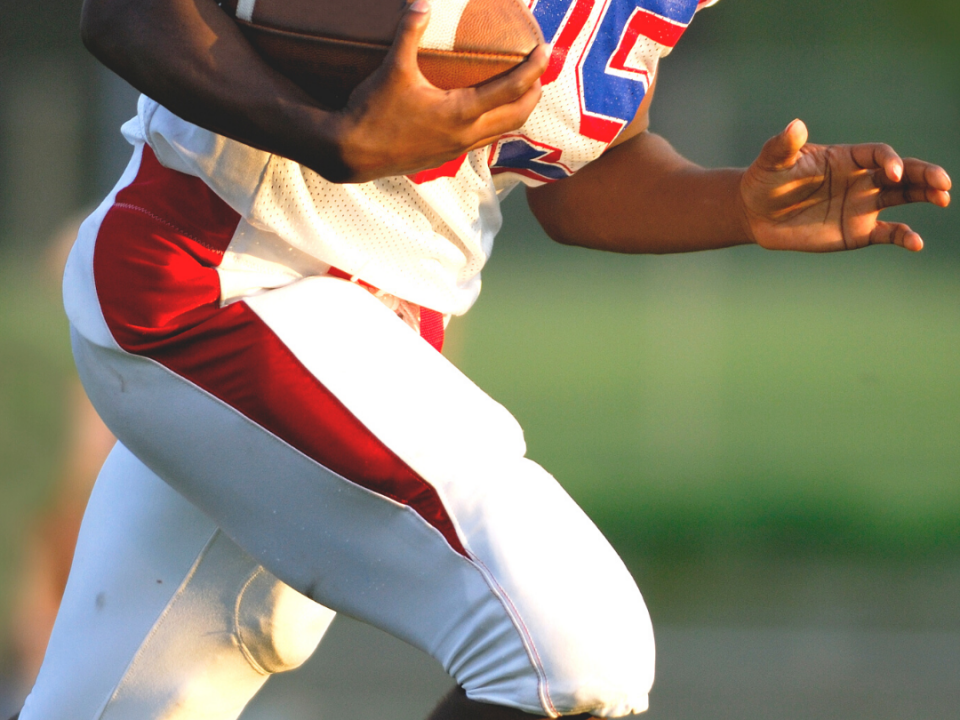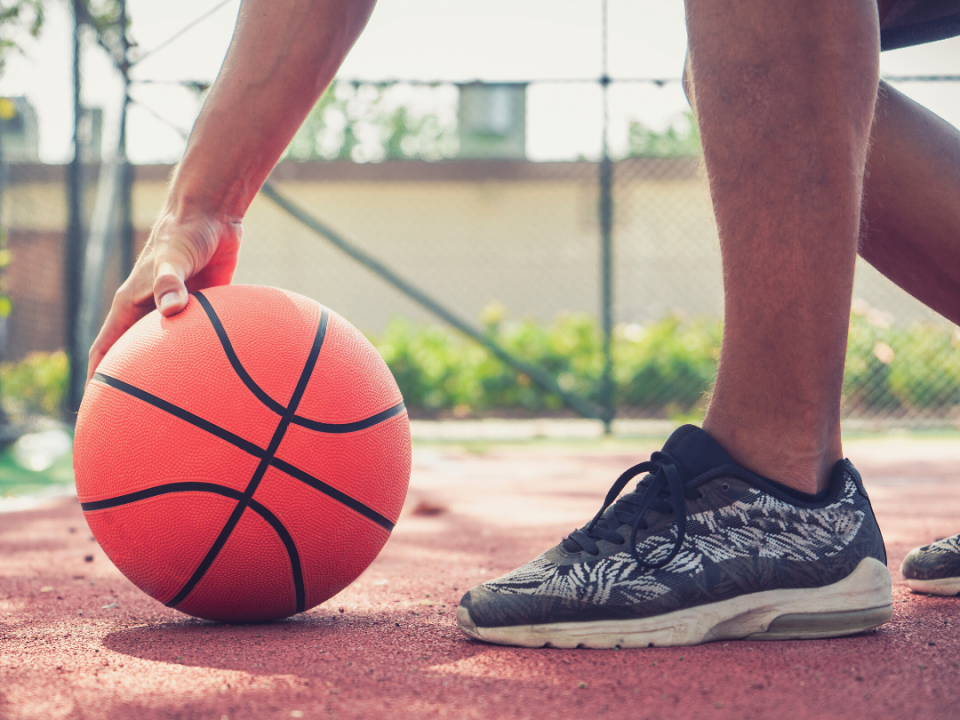Forbes: With Tommy John Surgery, Yankees’ Didi Gregorius Could Be Ready By All-Star Break
October 15, 2018Forbes: Long Holdout May Have Led To Dez Bryant’s Potentially Career-Ending Injury
November 13, 2018
Stephen Curry left Thursday’s game against the Milwaukee Bucks after suffering a left adductor strain while defending a fast break midway through the third quarter. The Bucks won 134-111, and Curry scored only 10 points, missing all four of his 3-point attempts. Entering the game, he was averaging 31.3 points per game, 6.1 assists and 5.4 rebounds.
Adductor strains, or groin strains, are acute injuries to the groin muscles on the inside of the thigh. They usually occur when an athlete pivots or pushes off to the side. High forces occur in the adductor tendons when the athlete shifts direction suddenly in the opposite direction.
Athletes are predisposed to adductor strains if they play a sport that involves pivoting and quick acceleration (basketball, football, soccer, tennis, hockey, etc.) and if they do not warm up properly and stretch.
Strains are graded based on their severity:
-
Grade I: mild strain with some injury, bleeding, or tenderness, but no significant fiber disruption
-
Grade II: injury to the muscle-tendon fibers, but the overall integrity of the muscle-tendon unity is preserved
-
Grade III: disruption leading to loss of overall tendon integrity
These injuries are usually sufficiently diagnosed with a history and physical exam. X-rays and MRIs are typically unnecessary, but X-rays are appropriate in cases in which there is tenderness at the site of the bony insertion or in skeletally immature patients. MRIs can help estimate a return to play, which is of critical importance in high-level athletes.
Based on reports that say the team was encouraged by MRI findings, Curry’s strain is most likely Grade I or II.
Most adductor strains respond to conservative treatment, including activity modification, ice, anti-inflammatory medication, and gentle stretching and strengthening exercises. Depending on injury severity, symptoms tend to improve within 10 to 14 days, but more severe strains may take a few weeks.
Particularly when injuries like this happen early in the season, it would probably be more prudent to get athletes back more slowly. The last thing a team wants is a recurrence of the injury, which could make it something that nags the player throughout the season.






